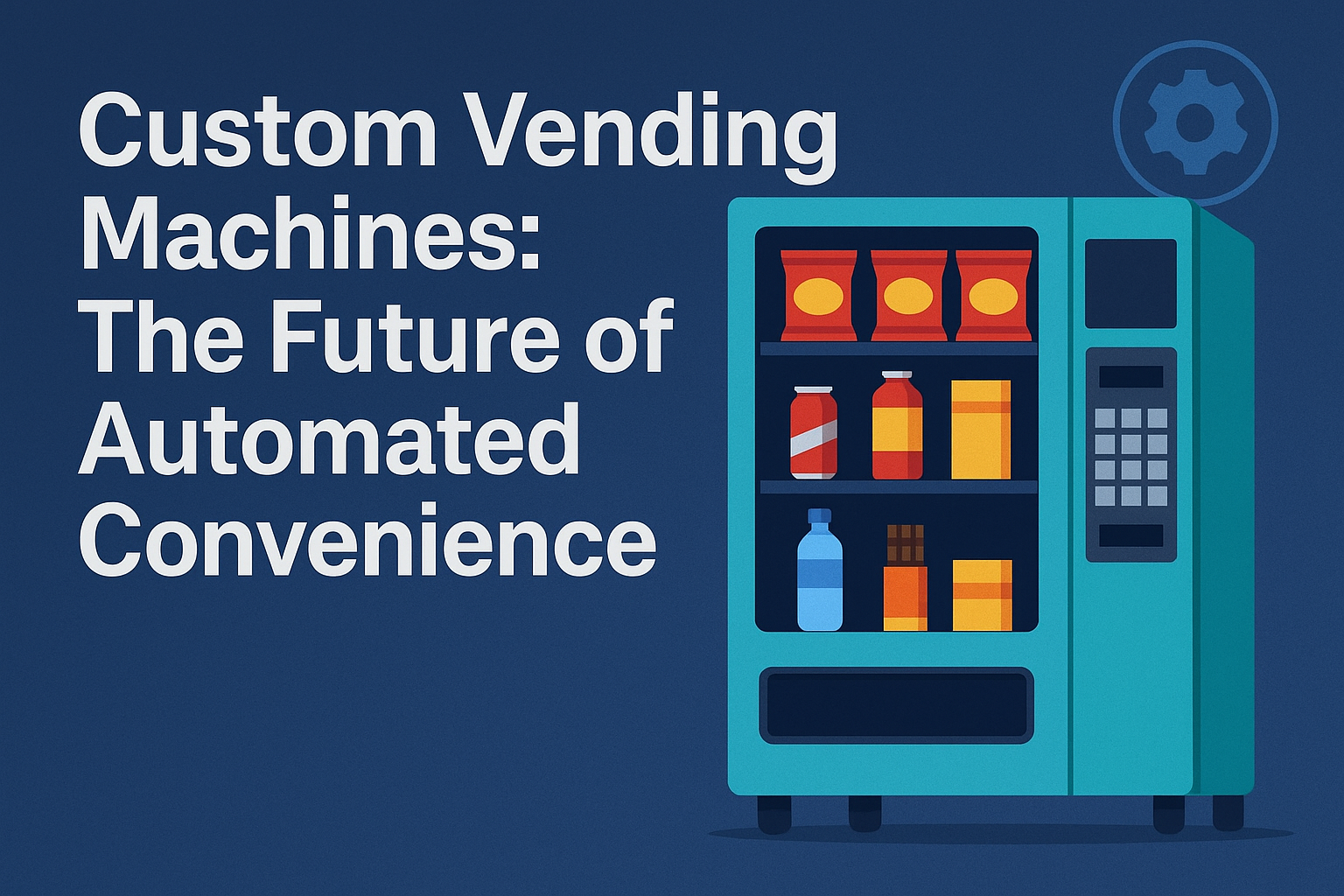In a world increasingly concerned with environmental impact, more and more people are looking for ways to adopt sustainable living practices. Sustain able living involves making choices that reduce your personal and societal environmental footprint. The good news is that you don’t need to overhaul your life all at once to make a difference. Small, gradual changes can lead to a greener, more eco-friendly lifestyle, benefiting both you and the planet.
What is Sustainable Living?
Sustainable living is about making mindful decisions that preserve natural resources and reduce pollution. It revolves around the idea of minimizing waste and using renewable resources whenever possible. This lifestyle aims to decrease an individual’s carbon footprint, which measures the amount of greenhouse gases emitted as a result of human activities, such as transportation, electricity consumption, and food production.
By adopting a more sustainable lifestyle, you contribute to a healthier planet, lower your energy bills, and promote overall well-being. But how exactly can you start living sustainably? Below are practical steps and tips that can help you transition into a more environmentally friendly way of life.
Reducing Energy Consumption
Energy consumption is a significant contributor to environmental damage, as much of the energy used in homes comes from non-renewable sources like coal and oil. One of the simplest ways to start living more sustainably is to cut down on the amount of energy you use at home.
Switch to Energy-Efficient Appliances
One of the first steps is to invest in energy-efficient appliances. Many modern devices, such as refrigerators, dishwashers, and washing machines, come with energy ratings that indicate how much power they use. Opt for appliances with high energy efficiency ratings, as they consume less electricity, reduce utility bills, and lessen your overall environmental impact.
Unplug Electronics When Not in Use
Another way to conserve energy is to unplug electronic devices when they’re not in use. Electronics like televisions, computers, and phone chargers draw power even when they’re turned off if they’re plugged in. This phenomenon is known as “phantom energy” and can add significantly to your energy usage over time. By unplugging devices or using power strips with an on-off switch, you can avoid unnecessary energy consumption.
Utilize Renewable Energy
If possible, consider transitioning to renewable energy sources. Solar panels, wind turbines, and geothermal energy systems are becoming more accessible and affordable for homeowners. By using renewable energy, you can power your home while drastically reducing your reliance on fossil fuels.
Waste Reduction
Waste is a major environmental issue, with landfills overflowing and oceans becoming increasingly polluted by plastic and other non-biodegradable materials. Reducing waste in your daily life is a crucial aspect of sustainable living.
Practice the 3 Rs: Reduce, Reuse, Recycle
One of the most effective ways to manage waste is by practicing the 3 Rs: reduce, reuse, and recycle. Reducing waste means consuming less and making mindful choices about what you buy. Reuse items as much as possible before discarding them—consider repurposing or repairing items to extend their life. Finally, recycle materials like glass, paper, and plastic to prevent them from ending up in landfills.
Cut Down on Single-Use Plastics
Single-use plastics, such as straws, plastic bags, and disposable cups, are one of the biggest contributors to pollution. These items often end up in the ocean, harming marine life and ecosystems. To reduce your plastic footprint, try using reusable alternatives. For example, carry a reusable water bottle, bring your own cloth bags when shopping, and use stainless steel straws. Small changes like these can make a significant difference over time.
Compost Organic Waste
Food waste contributes to methane emissions in landfills, a potent greenhouse gas. A more sustainable option is to compost organic waste like fruit and vegetable scraps. Composting reduces landfill waste and creates nutrient-rich soil that can be used for gardening. If you don’t have a garden, many cities offer composting programs where residents can drop off their organic waste.
Sustainable Food Choices
The food we eat has a substantial environmental impact, from the resources used to produce it to the transportation involved in bringing it to our tables. Making more sustainable food choices is an easy and effective way to reduce your carbon footprint.
Eat Local and Seasonal Foods
Eating locally grown, seasonal foods reduces the environmental costs associated with transportation and refrigeration. When food is transported over long distances, it requires significant amounts of energy, leading to more greenhouse gas emissions. By buying from local farmers and consuming seasonal produce, you can support sustainable farming practices and enjoy fresher, more nutritious food.
Reduce Meat Consumption
The meat industry is one of the largest contributors to deforestation, greenhouse gas emissions, and water consumption. While you don’t have to become a vegetarian to live sustainably, reducing your meat intake, even by one or two meals a week, can make a difference. Plant-based meals use fewer resources and have a lower environmental impact.
Choose Organic and Fair Trade Products
Opting for organic and fair trade products can further support sustainability. Organic farming avoids the use of harmful chemicals and pesticides, promoting biodiversity and soil health. Fair trade products ensure that farmers and producers are paid fairly for their labor, promoting ethical practices that prioritize the well-being of both workers and the environment.
Sustainable Transportation
Transportation is another major contributor to carbon emissions. By making greener transportation choices, you can significantly reduce your environmental impact.
Use Public Transportation or Carpool
If public transportation is available in your area, using it instead of driving can greatly reduce your carbon footprint. Buses, trains, and subways are more efficient because they carry multiple passengers at once, leading to fewer emissions per person. Carpooling with friends or coworkers is another effective way to cut down on the number of vehicles on the road, saving fuel and reducing traffic.
Walk or Bike When Possible
For short trips, consider walking or biking instead of driving. Not only does this reduce emissions, but it also promotes physical health. Many cities now have bike lanes and bike-sharing programs, making it easier than ever to choose cycling as a mode of transport.
Invest in an Electric Vehicle
If you need to drive regularly, consider investing in an electric or hybrid vehicle. These cars use electricity or a combination of electricity and fuel, resulting in fewer emissions compared to traditional gasoline-powered vehicles. As electric vehicle technology continues to improve, they are becoming more affordable and accessible to the average consumer.
Water Conservation
Water is a precious resource, and conserving it is an essential part of sustainable living. There are several simple steps you can take to reduce water waste in your home.
Fix Leaks and Install Water-Efficient Fixtures
Leaky faucets and running toilets can waste a surprising amount of water over time. Fixing these leaks as soon as possible can save thousands of gallons of water annually. Additionally, installing water-efficient fixtures like low-flow showerheads and toilets can help conserve water without sacrificing functionality.
Collect Rainwater for Gardening
Another way to conserve water is by collecting rainwater to use for outdoor watering. Rain barrels can be placed under downspouts to collect rainwater, which can then be used to water plants and gardens. This reduces the need for using treated tap water for irrigation.
Conclusion
Sustainable living is not an all-or-nothing approach; rather, it is a journey of making conscious choices to reduce environmental impact. Whether you start by conserving energy, cutting down on waste, eating more sustainably, or using greener transportation methods, every small change contributes to a healthier planet. The key is to stay informed, be mindful of your consumption habits, and make gradual improvements that align with your lifestyle. In doing so, you can help protect the environment for future generations while enjoying the personal benefits of a more sustainable way of life.

 Tech12 months ago
Tech12 months ago
 Business2 years ago
Business2 years ago
 Social Media1 year ago
Social Media1 year ago
 Technology1 year ago
Technology1 year ago
 Tech7 months ago
Tech7 months ago
 Instagram3 years ago
Instagram3 years ago
 Instagram3 years ago
Instagram3 years ago
 Technology11 months ago
Technology11 months ago


















